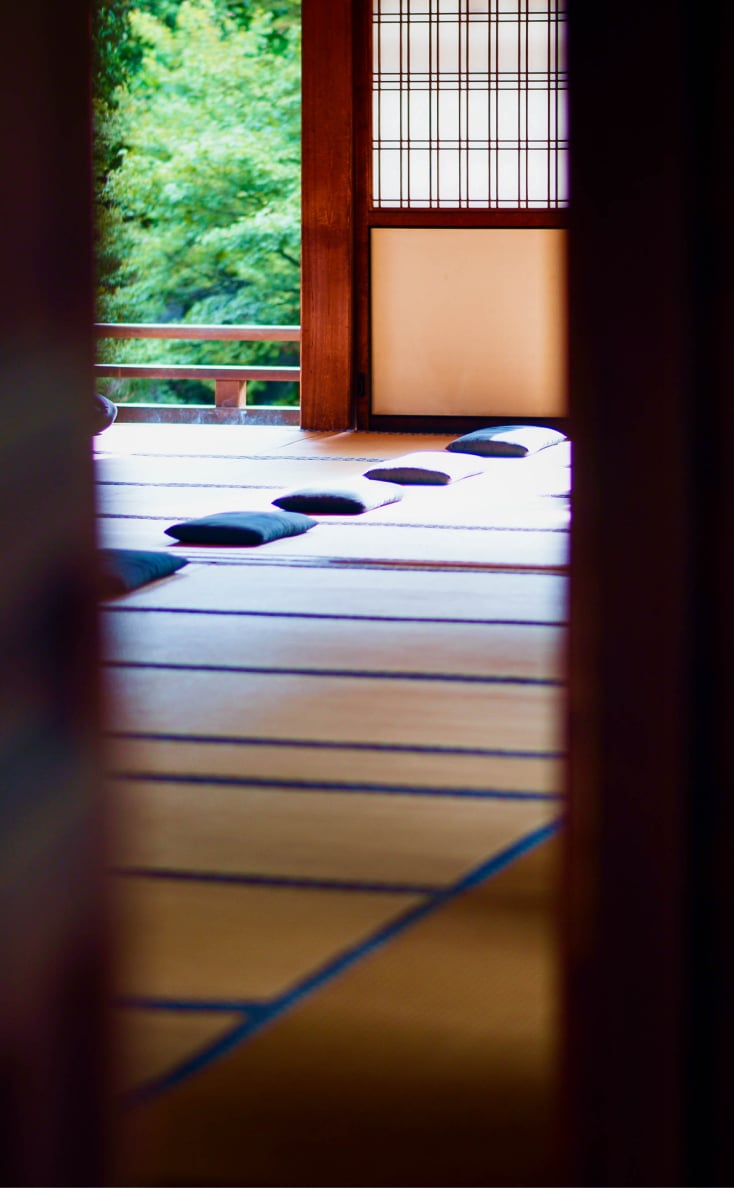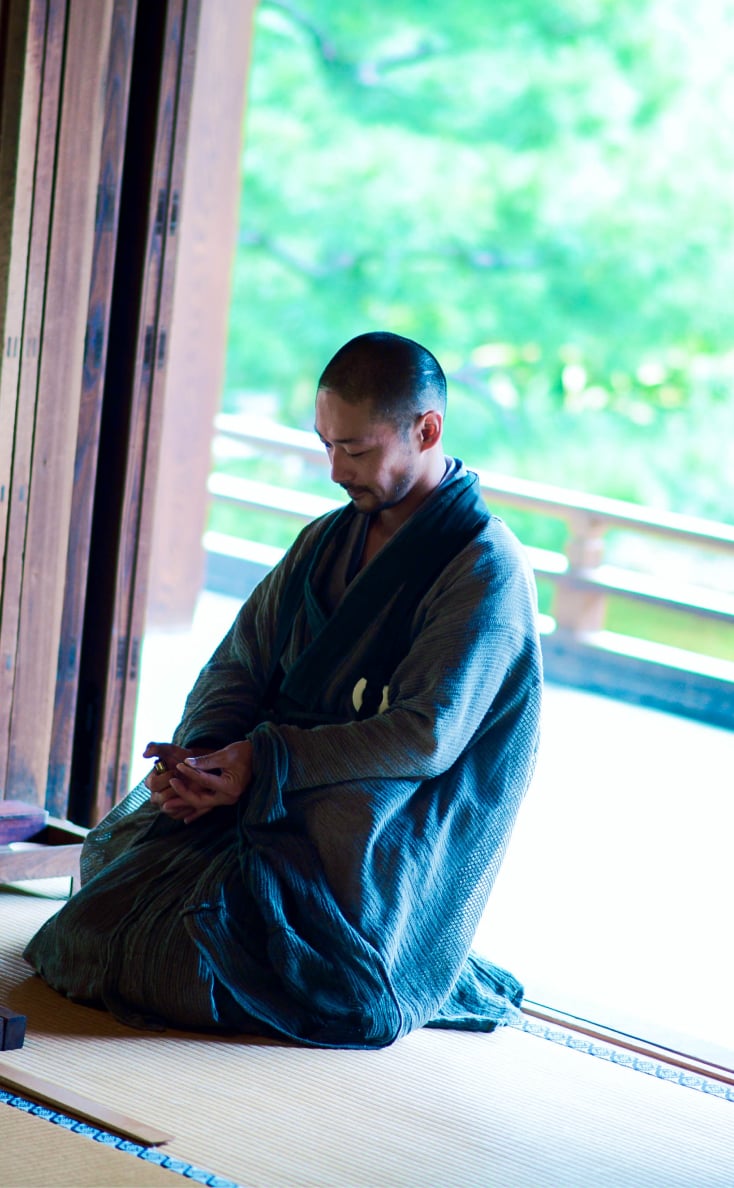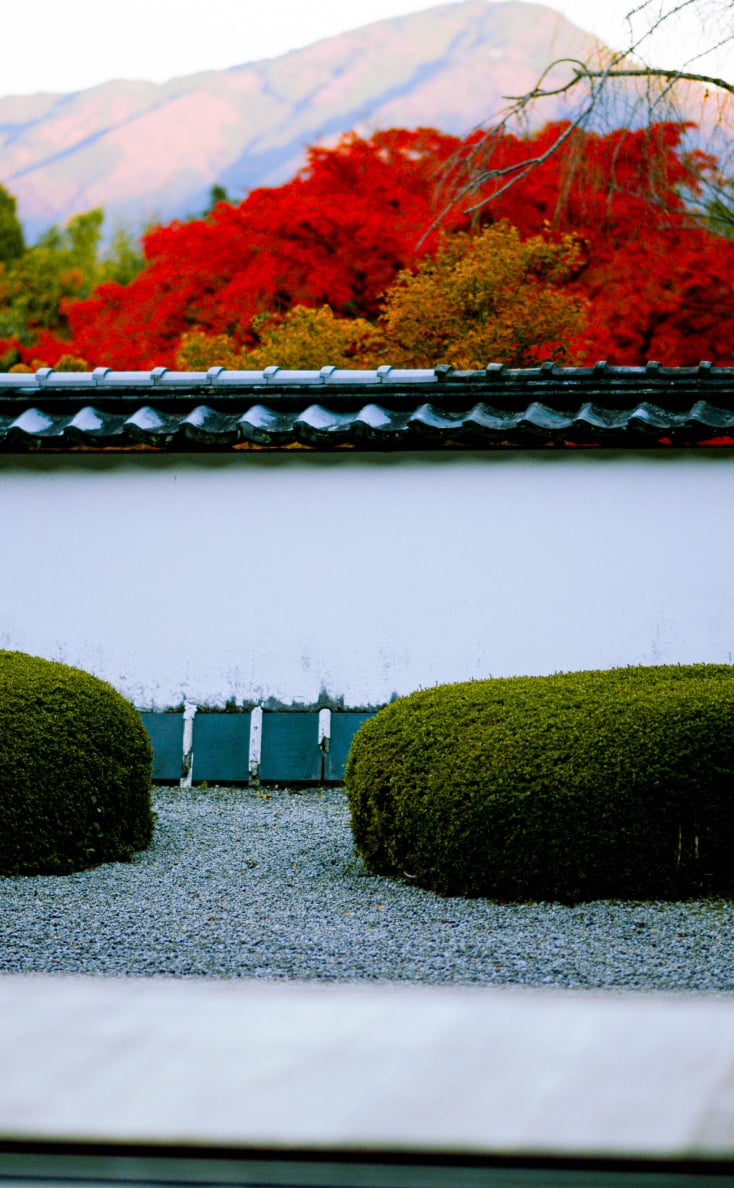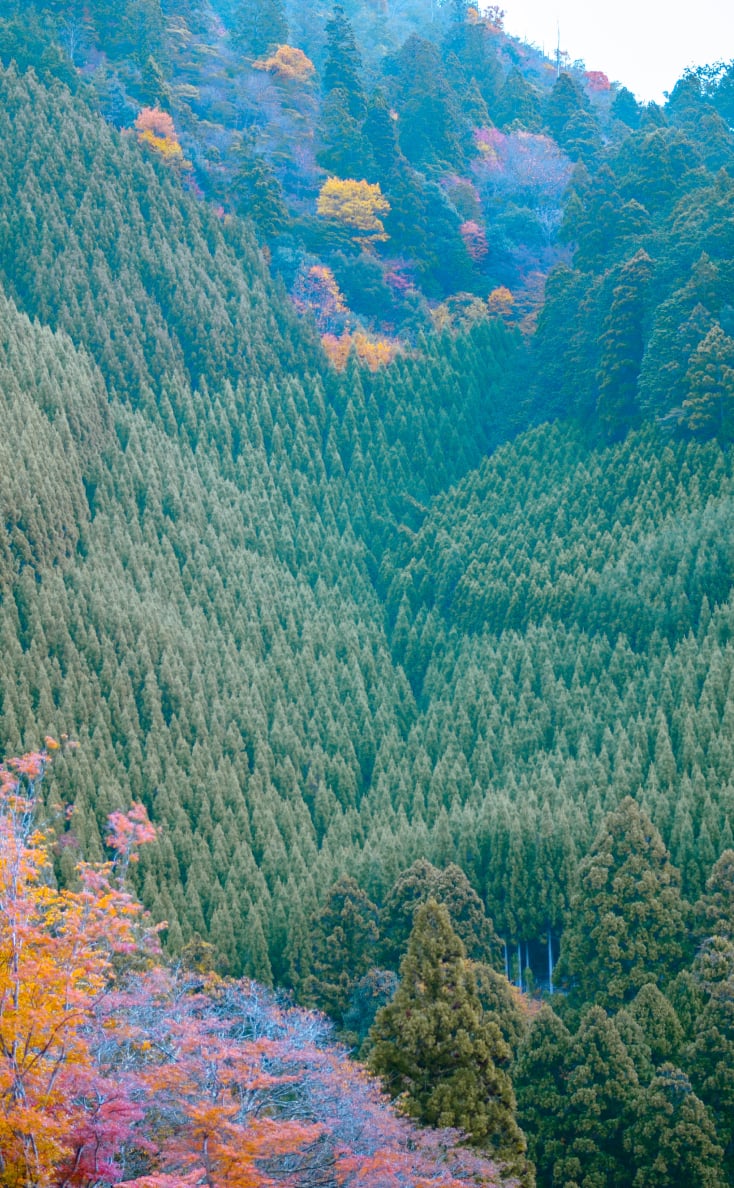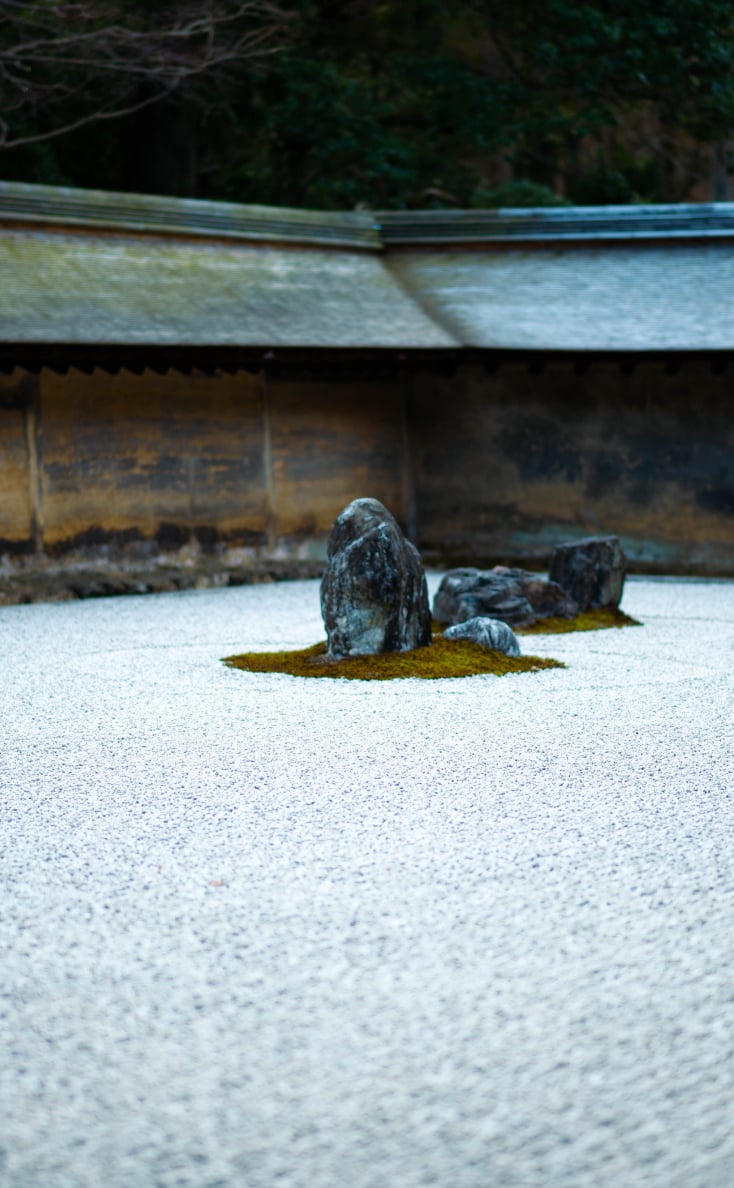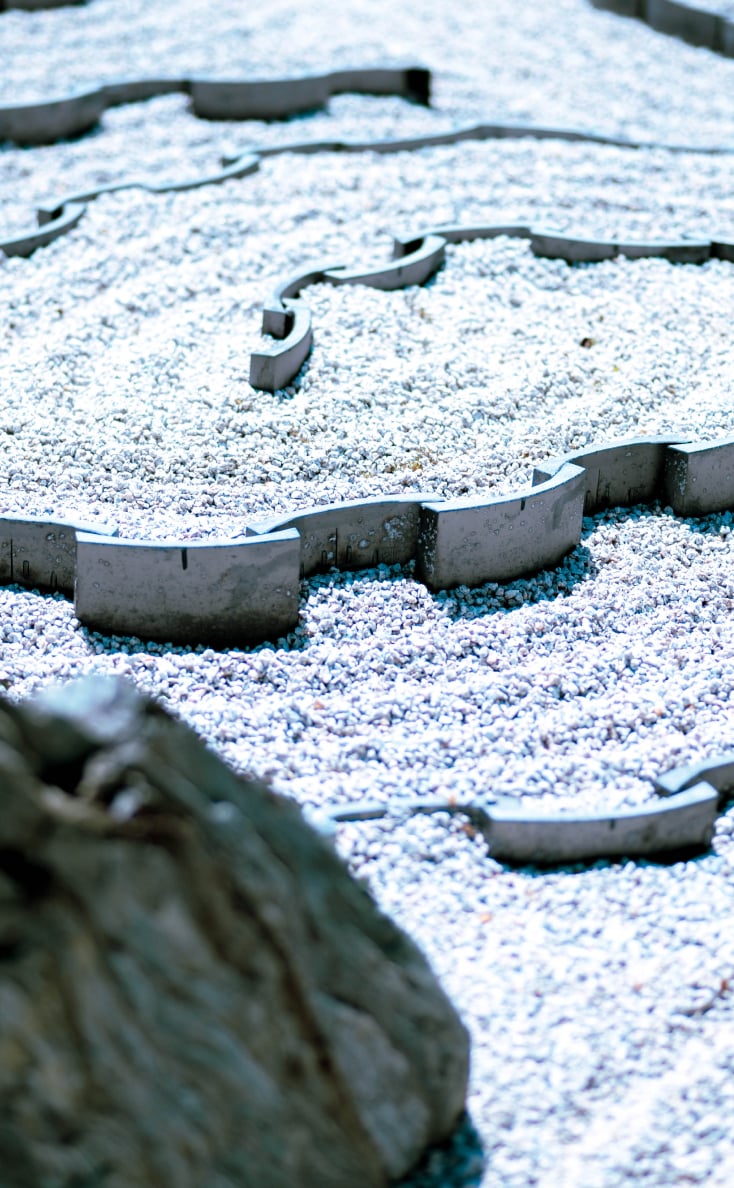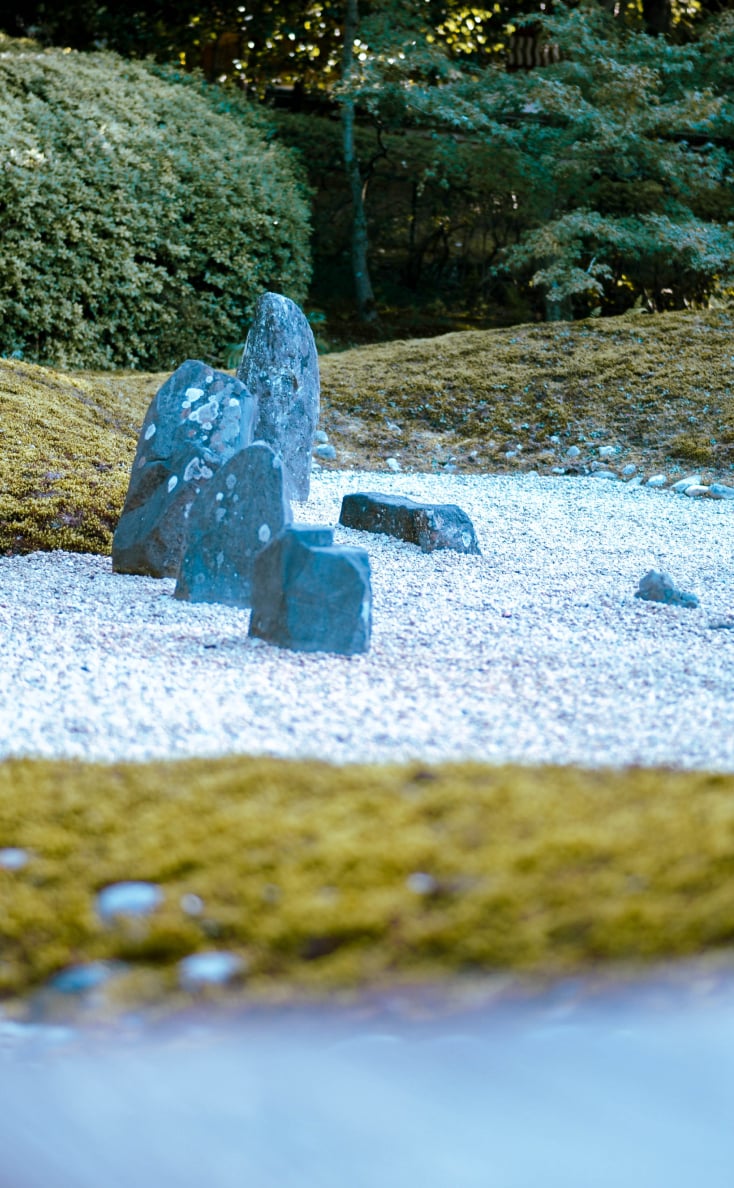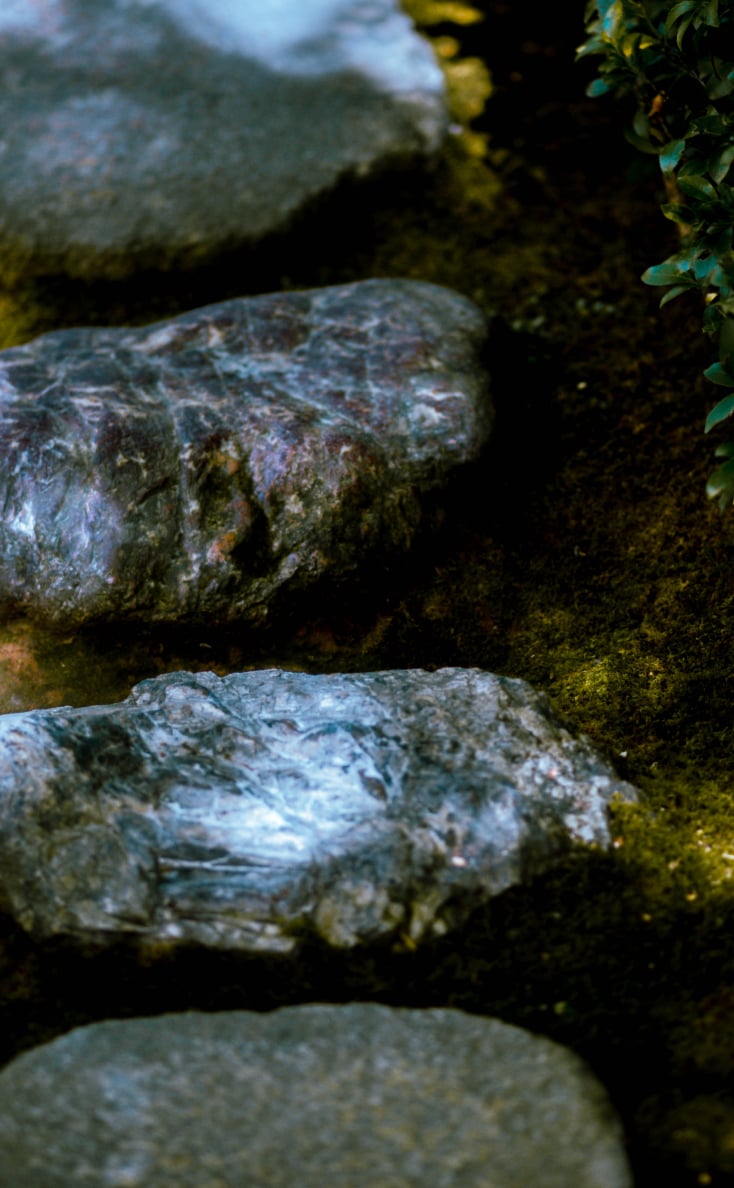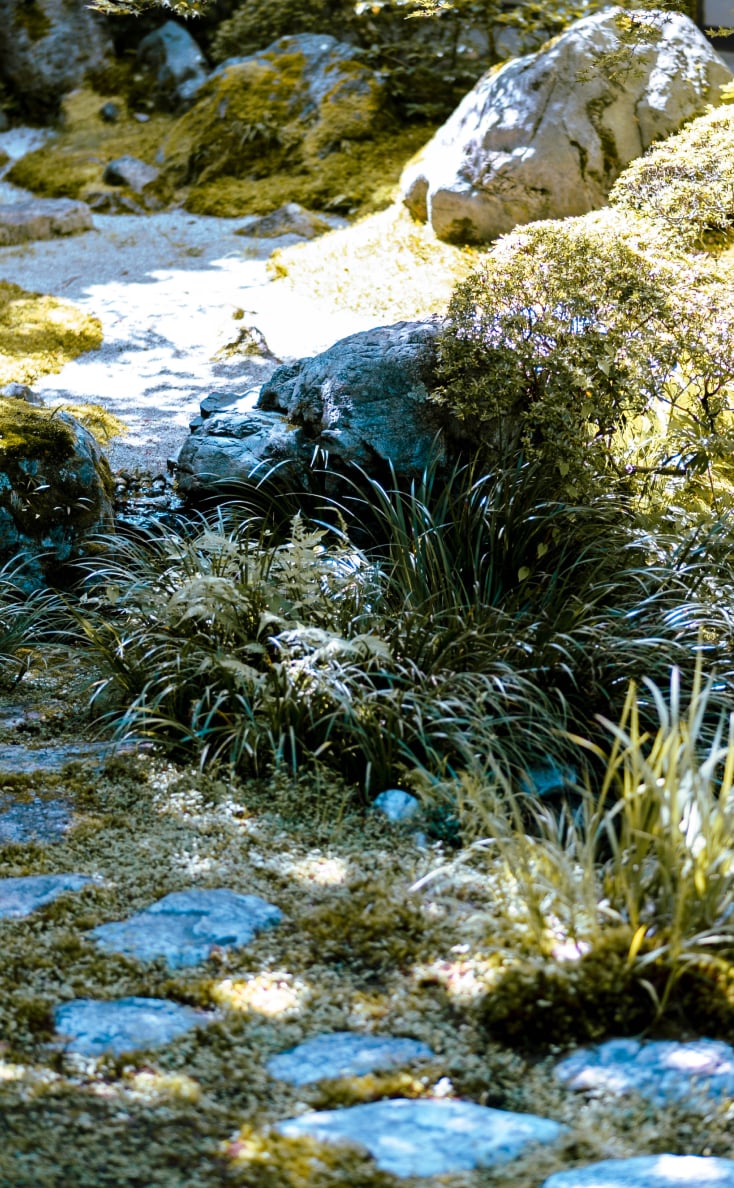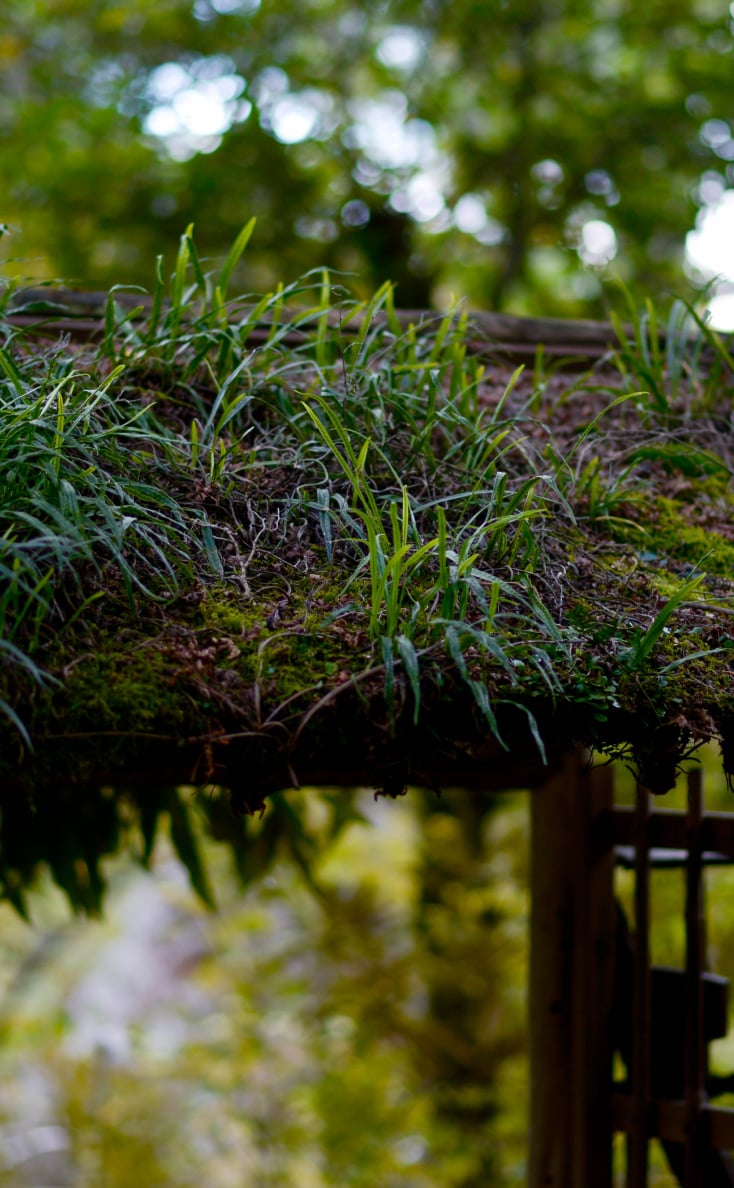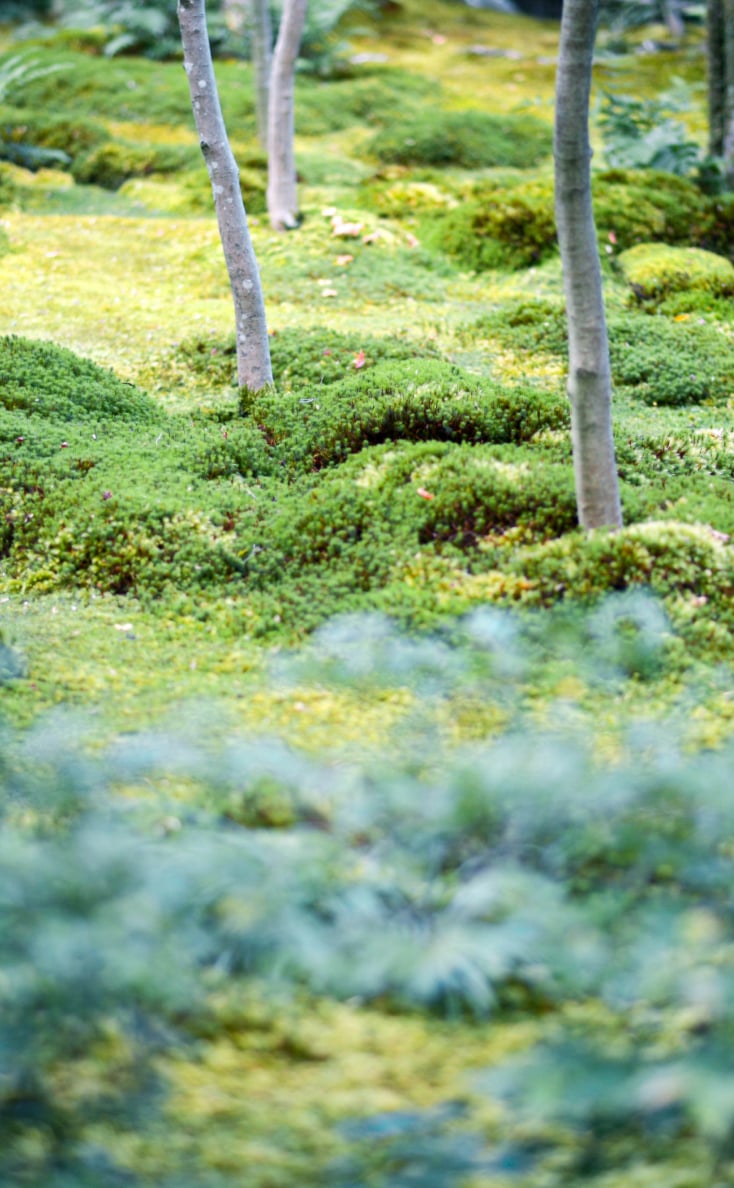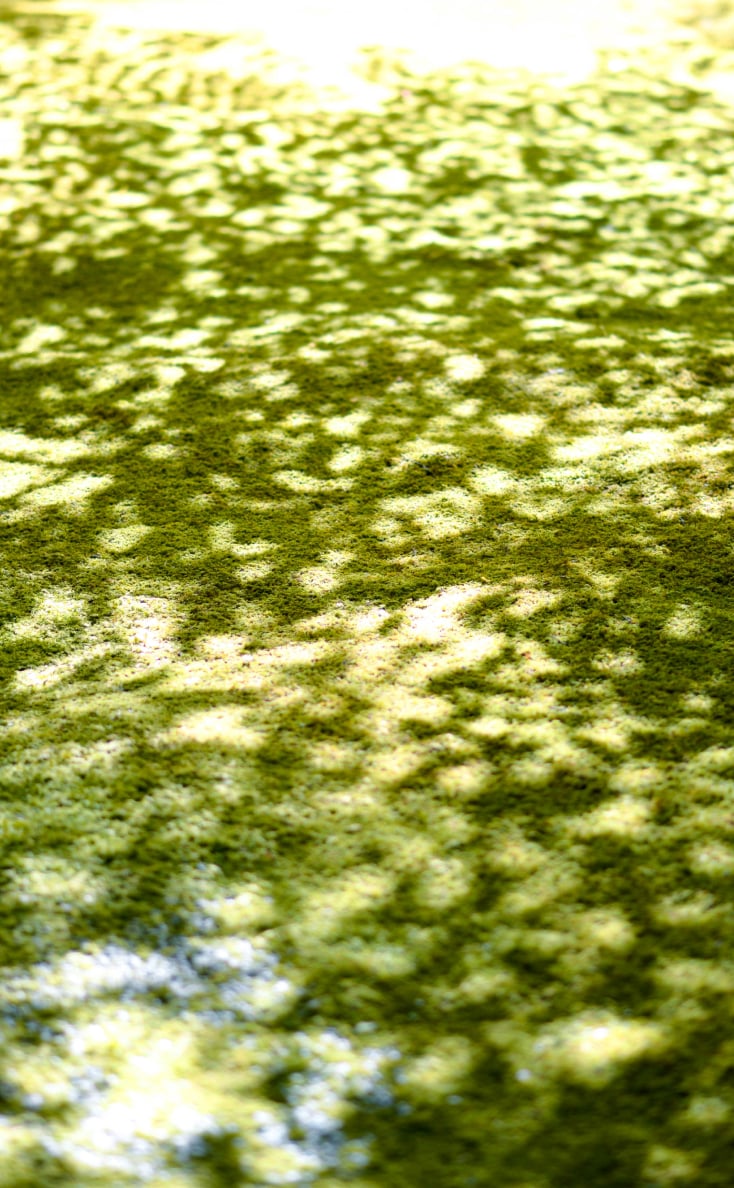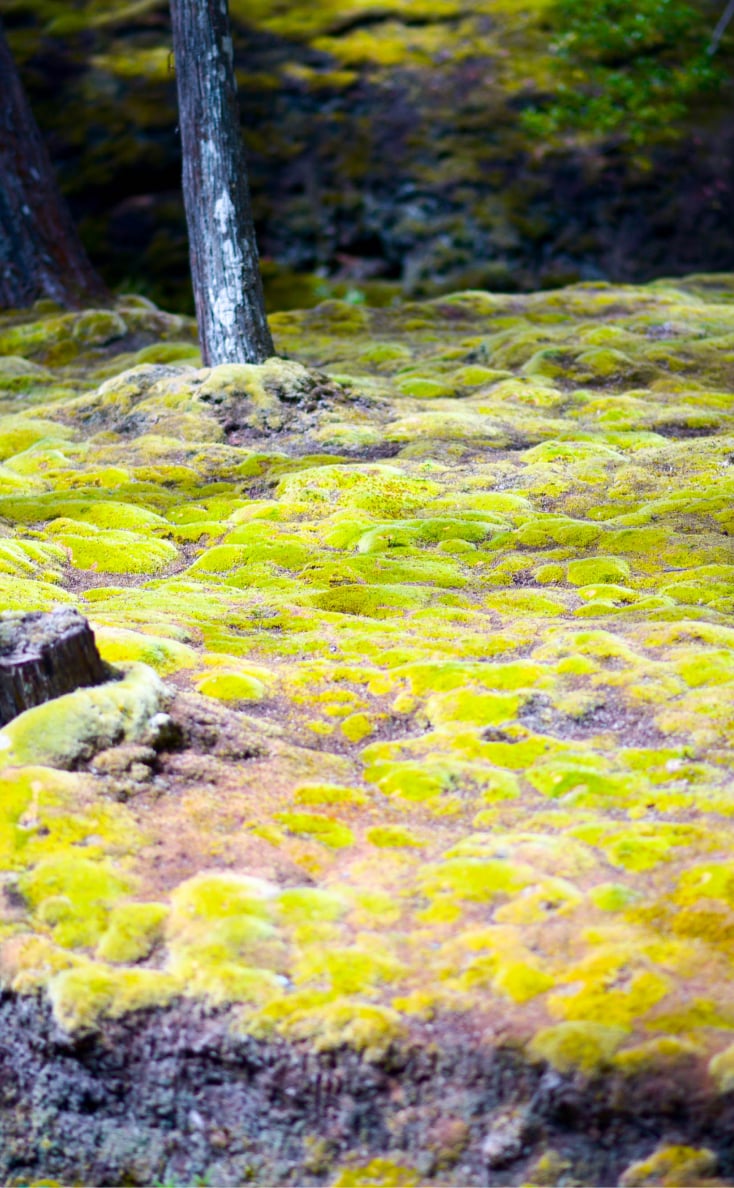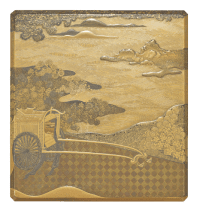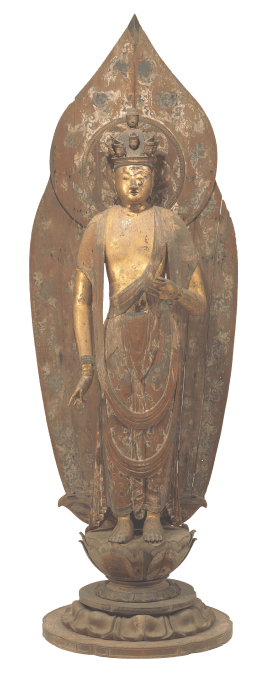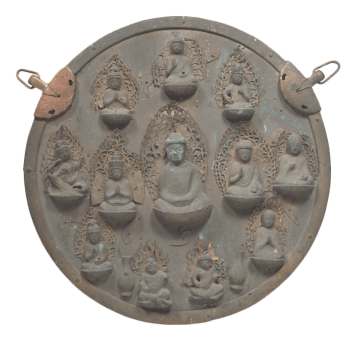京都の神社仏閣を、美しい映像で探求する。
Explore the shrines & temples of Kyoto
through beautiful visuals.
(news)
Open of the official MiSO TONE website on March 30, 2024. 2024 3.30 「MiSO TONE」公式サイトオープン。
concept
ミソトーンは、日本の美意識である。侘び寂びを音色と味噌に置き換え概念化した精神を表しています。経年変化やときの流れがもたらす美しさを称賛し、変化や熟成を楽しみながら新たな感性や発見を生み出す窓口となることを目指しています。
The Japanese aesthetic sense of wabi-sabi
MiSO TONE represents the Japanese aesthetic consciousness of "Wabi-Sabi," conceptualized as "tone and miso," aiming to appreciate the beauty brought about by the passage of time. It seeks to be a gateway that admires the beauty of aging and the evolving nature of time, while fostering new sensibilities and discoveries with the enjoyment of change and maturation.
MiSO TONE represents the Japanese aesthetic consciousness of "Wabi-Sabi," conceptualized as "tone and miso," aiming to appreciate the beauty brought about by the passage of time. It seeks to be a gateway that admires the beauty of aging and the evolving nature of time, while fostering new sensibilities and discoveries with the enjoyment of change and maturation.wabisabi
This world undergoes deterioration, such as rust and dirt, due to the passage of time and aging. The resulting transformation weaves a diverse and unique beauty known as "Sabi." In contrast, "Wabi" is a term that denotes a positive mindset that accepts and embraces such changes, a heart that seeks to enjoy them. In other words, it's about cultivating a positive attitude toward the beauty of "Sabi" —this is the essence of "Wabi." We will introduce words and landscapes that embellish the beauty of Wabi-Sabi, coexisting in the everyday.
この世のものは、経年変化によって錆びや汚れといった劣化が生じます。その変化が織りなす多様で独特な美しさを「寂び」と称します。侘びとは、その変化を受け入れ、楽しもうとするポジティブな心についての言葉、肯定する心そのものです。つまり、寂びの美しさを見出す心が侘びということです。日常の中で共存する、侘びの美・寂びの美を彩る言葉と風景をご紹介いたします。
no.
title
japanese




